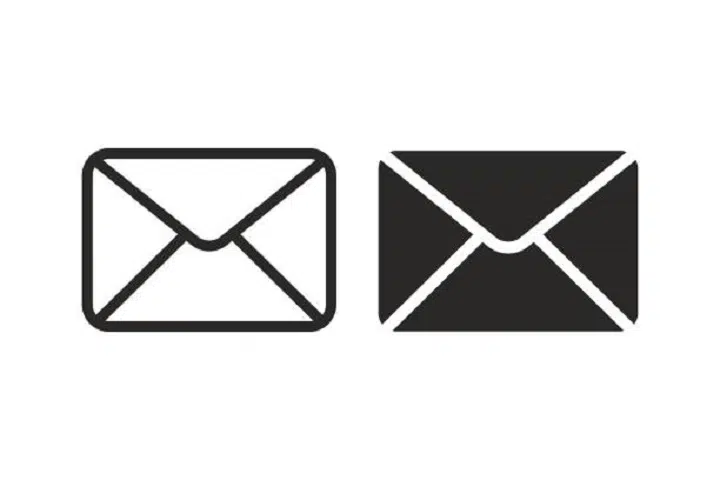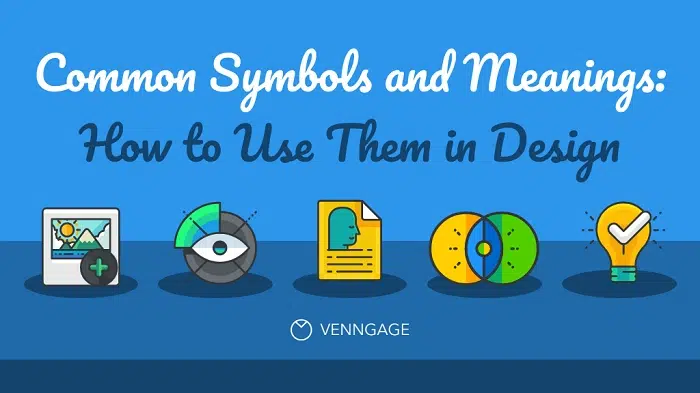See that little post sign? The one on mail buildings? We see it all the time. But we never think about it.
That tiny sign means a lot though. It’s not just a random picture. It shows how we connect. How we talk. How we trust.
Some places use an envelope. Some use a horn. Japan uses this: 〒. Each one tells a story. Cool, right?
Let’s check out what these signs mean. Where they came from. And why they still matter today.
Ready? Let’s go!
What Is the Post Office Symbol
A post office symbol is a picture. It shows where mail goes. Simple as that.
You see it on buildings. On mailboxes. On papers too. It’s like a sign that says “mail stuff happens here.”
The sign is always simple. Easy to spot. Could be a letter. A horn. Maybe an envelope. But it always means one thing: we handle your mail safely.
Why use symbols? Not everyone reads the same words. But a picture? Everyone gets that. Smart, huh?
Why We Use Symbols in the First Place
Before we talk about mail symbols, let’s think. Why symbols at all?
Symbols are shortcuts. Visual ones. They help us understand fast. No words needed.
Think about it. Red cross means hospital. Fork and knife? Food’s here! Letter symbol? That’s the post office.
Kids get it. Travelers get it. Even if you can’t read, you get it. That’s why symbols rock.
The Origins of the Post Office Symbol
Mail goes way back. Like, thousands of years back. Old kings had runners. They carried scrolls place to place.
Real mail systems? Started in Persia. Then Europe got them too.
As mail grew, offices needed signs. How else would people find them? So they made marks. Draw pictures. That’s how postal symbols began.
Each country made their own design. Now every place has one. They look different, but they all mean mail.
The Japanese Post Office Symbol (〒)
Japan’s symbol is famous. It looks like this: 〒
Simple, right? You see it everywhere in Japan. On boxes. On letters. Even online.
The symbol comes from “te” (テ). That’s a Japanese letter. “Te” is from “teishin.” That means mail service. They picked this symbol way back. Like, early 1900s.
See 〒 in Japan? You’re near a post office. They also use it before zip codes. Like this:
〒100-0001 Tokyo, Chiyoda-ku
That little mark says “zip code coming!”
The European Post Horn Symbol
Europe loves the post horn. It’s a small trumpet thing. You see it on mail trucks. On uniforms too.
Why a horn? Back in the day, mail came by horse. The mail guy blew a horn. It meant “mail’s here!” or “move over!”
Germany uses it. So does Austria. And Norway. It reminds people of old times. When mail took forever but always arrived.
The Envelope Symbol Around the World
These days? Most places use an envelope. Makes sense, right?
Envelopes mean letters. Messages. Packages. Even kids know that. You see it on signs. On websites. Even as emojis 📮 ✉️
Why does it work? Everyone gets it. Doesn’t matter where you’re from. India, France, wherever. Envelope equals mail.
The Indian Post Office Symbol
India’s symbol is cool. It’s got three red lines. And a yellow curve going through.
They made this in the 2000s. Pretty new! The lines mean speed. The curve? That’s progress. Movement. Getting your mail there fast.
You see it in offices. On vans. On stamps too. It’s modern but still shows India’s long mail history.
The United Kingdom and the Royal Mail Symbol
The UK keeps it royal. Their symbol? A crown. Or letters like “E II R” for the Queen.
You see these on red mailboxes. All over the country. It shows mail is a royal service. Old school but still works.
Now they also use “Post Office” in white. On red backgrounds. Clean and simple.
The U.S. Postal Service Symbol
America uses an eagle. Makes sense, right? Eagles mean freedom. Strength. All that American stuff.
The eagle sits in a blue box. With “United States Postal Service” next to it.
Before the eagle? They had a horse rider. It’s called Pony Express. But eagles are cooler. And faster looking.
Common Post Office Symbols in Other Countries
Every place has its own style:
- France uses a yellow and blue bird. Shows movement.
• Italy goes with yellow and “PT” letters.
• China picked green with arrows. Shows mail flow.
• Canada has a red circle. White arrow inside. Points forward.
• Australia keeps it simple. Red “P” with a white curve.
All different. But all mean the same thing. Mail. Trust. Service.
Also Read: Sorry Multiple Times: What It Means and How to Use It
The Symbol in Digital Communication
We email more than we mail now. But the symbol lives on!
Check your email app. See that envelope icon? That’s the old mail symbol! Emojis too. The mailbox emoji? Same idea.
The symbol moved online. Still means sending messages. Just faster now.
Why the Symbol Still Matters Today
Think mail symbols are old? Think again!
Here’s why they matter:
• They show trust. Legal papers still need real mail.
• They show who we are. Each country’s mark is special.
• They connect old and new. We still send packages!
See a mail symbol? It means someone keeps their word. Your stuff gets there safe.
How to Recognize Post Office Symbols Quickly
Traveling? Looking for mail? Here’s what to spot:
• Envelope pictures – that’s mail everywhere
• Horn shapes – Europe loves these
• 〒 mark – Japan only
• Red backgrounds – UK, India, Australia use these
• Birds or eagles – US and France have these
Learn these. Finding mail gets easy!
Fun Facts About Post Office Symbols
- Japan’s 〒 is on keyboards!
• Germany’s horn is 500 years old. Wow!
• India’s logo shows speed with lines.
• Red means energy and trust.
• The US taught ZIP codes with envelope pictures in 1963.
The Meaning Beyond the Design
Mail symbols mean more than logos. They show connection. Between cities. Countries. People.
Before texts and emails, we had mail. These symbols helped us stay close.
They mean trust. Movement. Being together. A promise that messages arrive.
Mail symbols look simple. But they mean so much!
Japan’s 〒. India’s flying lines. Europe’s horn. America’s eagle. Each tells a story. About connecting. About history. About service.
These symbols lasted centuries. Through wars. Through new tech. From horses to planes to computers. But the point stays the same. Help people talk.
Next time you see a red mailbox? Or that envelope on your phone? Stop and think. That symbol isn’t just about letters.
It’s about people. Staying close. Sharing stories. Making the world smaller.
Pretty cool for a little symbol, right?



